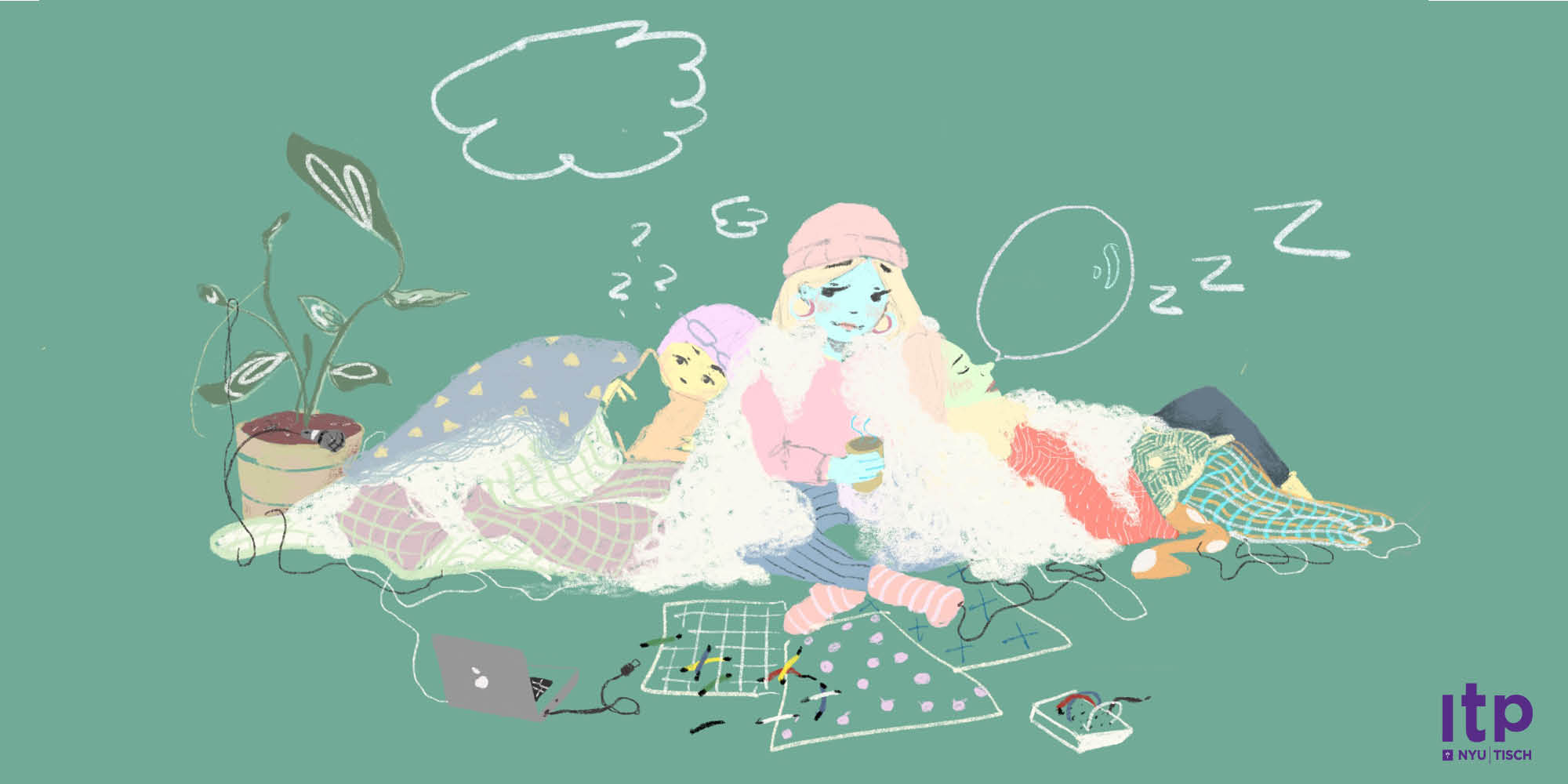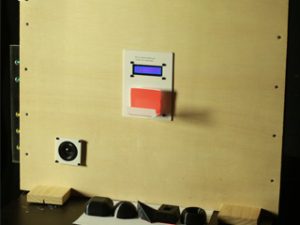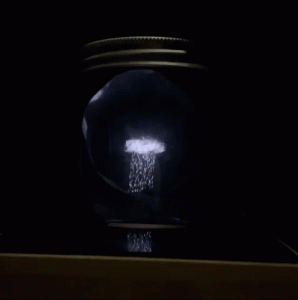Chunhan Chen, Olivia Kung, Tianyi Xie
Test your friendship with your closest friend or the stranger closest to you by selecting shapes that represent how you feel about a given emotion.
http://tianyix.hosting.nyu.edu/blog/ipc/the-friendship-game-a-simple-two-players-interaction/
Description
We wanted to explore the complicated nature of friendship in a game-like way. Abstract shapes and vague questions represent the disconnect that two people may have while thinking about the same question. The friendship tests gamifies the difficulty that it can be to achieve common ground and eventually friendship between two people who have alternate perspectives.
This project requires two players, that may be strangers or the closest of friends, to put their new or old found friendship to the ultimate test. The players will be provided with five identical shape halves. Then they will be given a series of questions related to their feelings on select emotions. All it takes are three correct matches for the players to be rewarded in friendship and candy.
Classes
Introduction to Physical Computing, Introduction to Physical Computing



